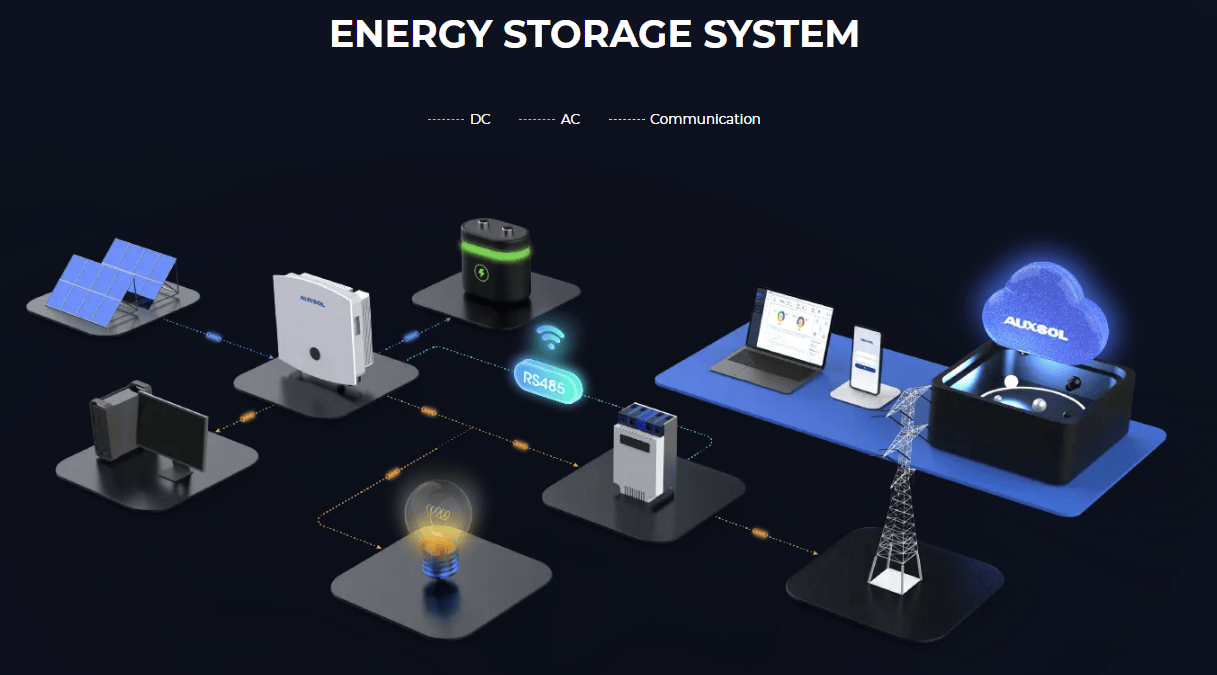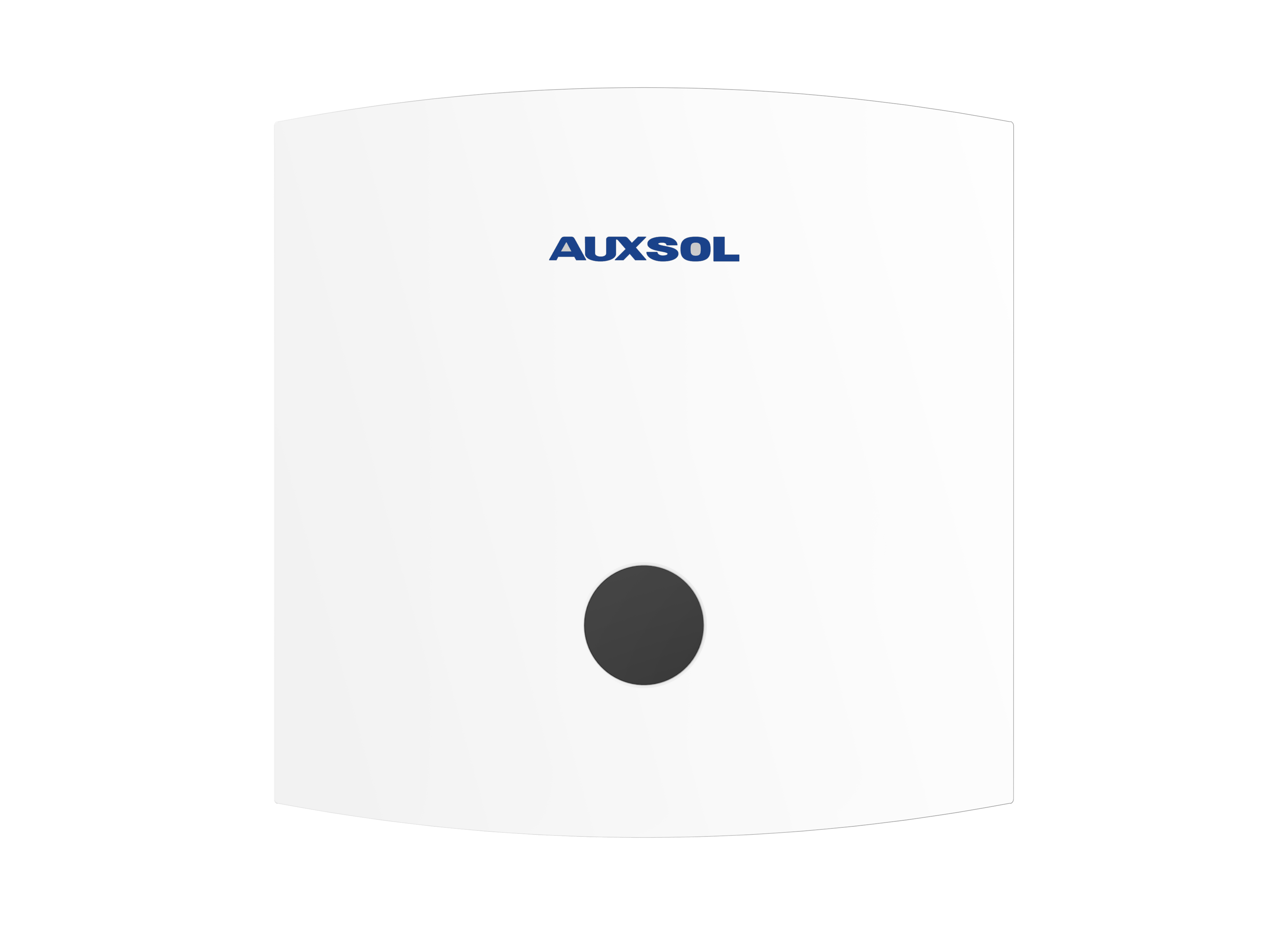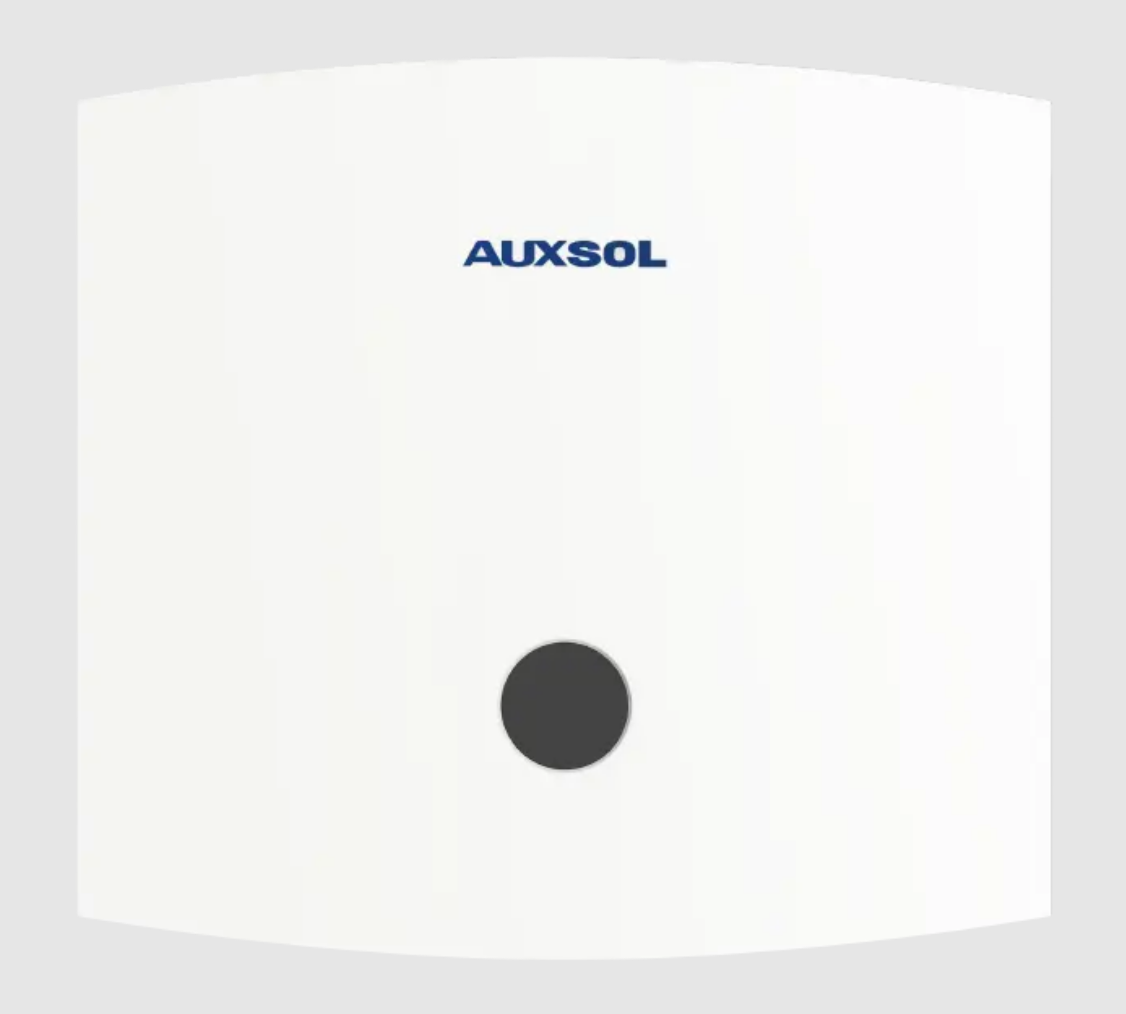In an era where renewable energy takes center stage, energy storage solutions have emerged as a critical bridge between intermittent energy generation (like solar power) and stable electricity supply. Whether for residential households, commercial and industrial facilities, these solutions address the core challenge of "energy mismatch"—storing excess power when production is high (e.g., midday solar output) and releasing it when demand peaks (e.g., evening hours) or generation drops. This guide breaks down how energy storage works, its key benefits, and how leading providers like AUXSOL are innovating in this space.
What Are Energy Storage Solutions, and Why Do They Matter?
At its core, an energy storage system (ESS) captures surplus electricity from renewable sources (such as solar panels) or the grid and stores it in batteries or other storage technologies for later use. For solar energy users, this means no more wasting excess power generated during sunny days—and no relying solely on the grid when the sun sets.
The importance of energy storage solutions has grown exponentially as global demand for sustainability rises:
-
Maximize Renewable Use: By storing solar energy, homeowners and businesses reduce reliance on fossil fuel-based grid power, cutting carbon footprints.
-
Enhance Energy Security: During power outages or grid disruptions, stored energy acts as a backup, ensuring essential appliances (like refrigerators or medical equipment) stay operational.
-
Reduce Electricity Costs: Users can draw on stored energy during peak pricing hours (when grid electricity is most expensive), lowering monthly utility bills.
-
Support Grid Stability: Widespread adoption of ESS helps balance grid supply and demand, reducing the risk of blackouts and improving overall energy efficiency.
Key Components of Effective Energy Storage Solutions
A reliable energy storage system relies on two core components: energy storage batteries (to hold electricity) and solar inverters (to convert DC power from solar panels/batteries to AC power for home/business use). Leading solutions, like those offered by AUXSOL—a division of the renowned AUX Group—integrate these components seamlessly, with a focus on efficiency, durability, and user-friendliness.
-
Solar Inverters: The "Brain" of the System
Inverters are non-negotiable for energy storage: they convert the direct current (DC) power produced by solar panels and stored in batteries into alternating current (AC) power that powers most household and C&I devices. AUXSOL, a trusted supplier of solar inverters and energy storage systems, offers a range of inverter solutions tailored to different needs:
-
Single-Phase Hybrid Inverters (3.6-6kW): Ideal for small to medium-sized homes, models like the ASG-(3.6-6)SL-ZH feature 2 MPPT (Maximum Power Point Tracking) channels—this means they optimize solar energy capture even if some panels are shaded, boosting overall efficiency.
-
Three-Phase Hybrid Inverters (5-20kW): Designed for larger residences, commercial and industrial sites, the ASG-(5-20)TL-ZH inverter handles higher power loads while maintaining stable performance.
All AUXSOL inverters support DC-AC communication to ensure seamless coordination between solar panels, batteries, and the grid—critical for real-time energy management.
-
Battery Storage: Safe, Long-Lasting Power Reservoirs
While inverters manage energy flow, batteries are the "storage tanks." Modern ESS batteries (often lithium-ion) are designed for safety, long lifespans, and high energy density. AUXSOL’s residential energy storage solutions, ranging from 3.6kW to 12kW, are engineered to pair perfectly with their inverters, ensuring compatibility and maximum performance. For example, a Brazilian household using AUXSOL’s system can store excess solar power during the day and use it in the evening, reducing dependence on the country’s often-unstable grid.
How to Get Started with Energy Storage Solutions
If you’re ready to adopt energy storage, follow these steps:
-
Assess Your Energy Needs: Calculate your daily electricity usage to determine the right system size .
-
Choose Compatible Components: Ensure your inverter and battery work together—opt for integrated solutions like AUXSOL’s to avoid compatibility issues.
-
Partner with a Trusted Provider: Look for providers with a proven track record in renewable energy, like AUXSOL, which offers end-to-end support from design to installation.
Final Thoughts
Energy storage solutions are no longer a "nice-to-have"—they’re a necessity for anyone looking to harness renewable energy, reduce costs, and build a more sustainable future. With innovations from providers like AUXSOL—backed by decades of industry experience, global manufacturing capabilities, and cutting-edge R&D—adopting energy storage has never been easier or more reliable. The ideal energy storage system can transform how you use and save energy.



